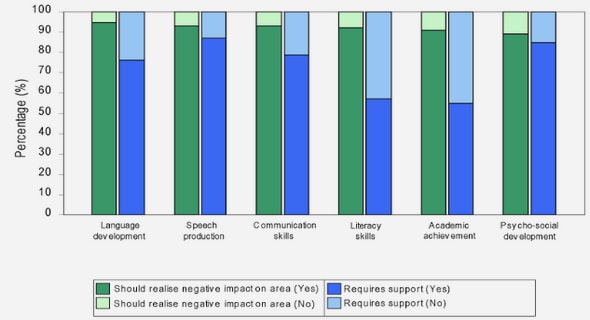(Downloads - 0)
For more info about our services contact : help@bestpfe.com
Table of contents
Chapter I: General context
I-1-Presentation of the host company
I-2-Context of the internship and problematic
I-2-1-The EPEC Project
I-2-2-Internship context
Chapter II: Hyporheic zone
II-1-Definition of hyporheic zone
II-2-Description of the Hyporheic zone of a river
II-3-Under flow at the hyporheic zone
II-4-Analysis of disturbed functioning of the hyporheic zone
II-5-The existing processes in the river
II-5-1-The detailed processes of nitrogen degradation
II-5-2- Effect of Natural structure taking into account the effect of hydrological regime
II-5-3-Effect of a natural meander
II-5-4- Stratification reactions in an artificial structure
Chapter III: On site measurement and procedures
III-1-topographic campaign
III-2-Depth measurement
III-3-Measurement of hydraulic conductivity in the substrate in situ
III-4-Temperature measurements
III-5-Conclusion
Chapter IV: Field investigations and data analysis
IV-1-Water flow time series
IV-2-Water quality data
IV-3-Geometrical and hydraulic features
IV-4-Conclusion:
Chapter V: Introduction to Hydrus 2D/3D
V-1-Description
V-2-Modeling
V-2-1-Modeling principles
V-2-2-General characteristics of the HYDRUS-2D code:
V-2-3-Constructed Wetland Module
V-2-4-Heat transport
Chapter VI: Simulation using Hydrus 2D/3D
VI-1-Hydrus 2D/3D interface
VI-2-Geometry
VI-3-water flow
VI-3-1-Initial and boundary conditions
VI-3-2-Results of the simulation
VI-4-Observation points
VI-5- Tracking of particles in the soil according to the hydraulic gradient under the water flow condition only
VI-5-1-low hydraulic gradient
VI-5-2-medium hydraulic gradient
VI-6-Solute transport
VI-6-1-Initial conditions
VI-6-2-Boundary conditions
VI-6-3-Parameters
VI-6-4-Results of the simulation
VI-6-5-Conclusion:
VI-7-Heat transport
VI-7-1-Modeling heat transport with Hydrus 2D/3D
VI-7-4-Results
VI-7-5-Conclusion
Chapter VII: conclusion
References


